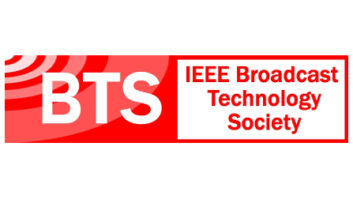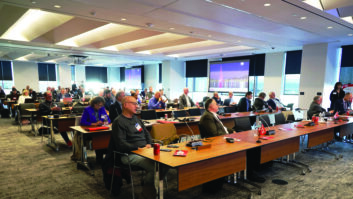
David Snavely
Members and guests of the Association of Federal Communications Consulting Engineers gathered at the Holiday Inn Key Bridge in Rosslyn, Va., Thursday to convene the organization’s second annual technical symposium.
The event’s focus was overwhelmingly on problems besetting the AM broadcast band, with presenters including Chris Horne, co-founder and CTO of Spectrum Velocity, David Layer, senior director of advanced engineering at the NAB’s technology department and Tom Nessinger, senior counsel in the audio division of the FCC’s Media Bureau.
The consensus was loud and clear: the biggest technical problem facing U.S. medium wave broadcasting is noise — the man-made variety.
“The AM band is subject to increasing interference from the proliferation of electronic devices and low-frequency radiators that distort AM signals more now than as recently as 10 years ago,” said AFCCE President David Snavely in opening the proceedings. “Improving the AM band’s performance through revised technical standards [and] FCC enforcement in cooperation with industry leaders can improve listenership and revitalize the AM band.”
His remarks were echoed by the first presenter, Chris Horne.
“AM listenership may die soon if the band is not managed by the FCC,” said Horne. “As I ride down the highways and roads I like to listen to AM radio. The problem is that you can’t hear the stations very well because of the power lines or other emitters.”
Some 50 consulting engineers, FCC employees, broadcast engineers, equipment manufacturers and others attended the symposium.
AFCCE was established in 1948 and is comprised of communications engineers who practice before the Federal Communications Commission. Its chief stated function is to monitor the FCC’s technical policy to ensure that regulations issued by that organization “coincide as closely as possible with sound engineering principles.”












